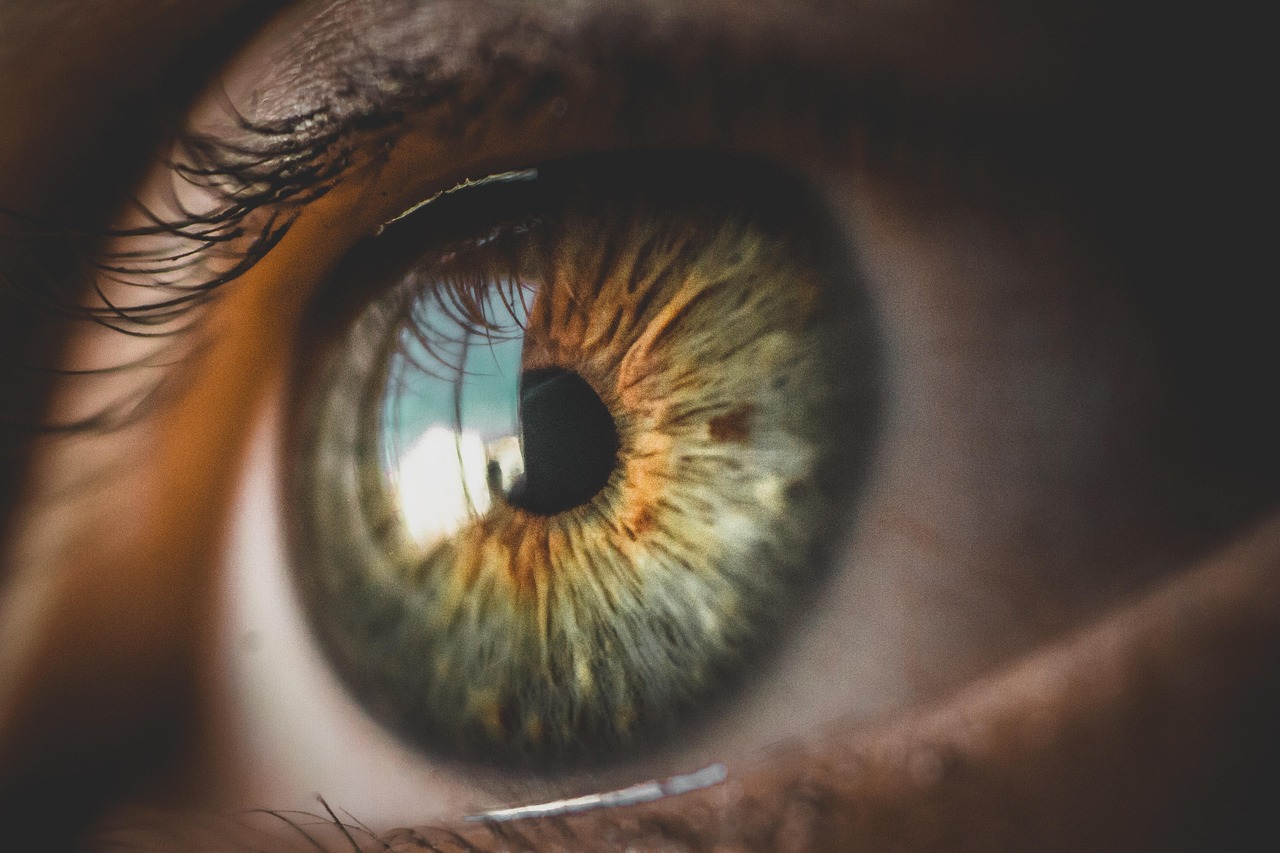Aspen Neuroscience closes Series C. Who took a piece of this $115 financing round? Find out here!
Aspen Neuroscience announced the closing of a $115 million Series C financing round. Some pretty heavy hitters took a piece of this one, including OrbiMed, ARCH Venture Partners, and pharma giant Gilead.
Financing from this round will be used to support ongoing clinical trials of ANPD001, Aspen’s lead autologous cell therapy candidate for Parkinson’s disease. Here’s more: https://www.fiercebiotech.com/biotech/aspen-enriches-parkinsons-cell-therapy-trial-kite-backed-115m-series-c.
Clearmind, the clinical-stage psychedelic pharmaceutical biotech firm, revealed that the first cohort of its FDA-approved Phase I/IIa trial of CMND-100 showed a favorable safety profile and no serious adverse events.
If you’re unfamiliar, CMND-100 is a non-hallucinogenic, MEAI-based oral candidate for alcohol use disorder (AUD). The trial is being conducted at Johns Hopkins University School of Medicine and Yale School of Medicine’s Department of Psychiatry. Check it out: https://substack.com/home/post/p-179359290.
Engineers from Northwestern University announced the creation of the first wearable haptic device capable of matching the sensitivity of a human fingertip. Dubbed “VoxeLite,” it’s built as a paper-thin, flexible bandage for the finger. It uses high-density electroadhesive “pixels of touch” to recreate fine textures and directional cues with lifelike accuracy.
Researchers believe this technology could be utilized as an assistive tool for those with vision impairments. Here’s more: https://www.science.org/doi/10.1126/sciadv.adz5937.
Did you know that spontaneous eye blinks naturally sync to the beat of music?
According to researchers from the Chinese Academy of Sciences, eye blinks naturally sync to the beat of music, revealing a hidden form of auditory-motor synchronization that occurs even without conscious movement.
In more than 100 participants listening to steady-tempo classical music, both blinks and brainwaves aligned with the rhythm, even when songs were played backward or replaced with tone-based beats.
This synchronization vanished when participants performed a task that diverted attention, indicating that rhythmic alignment depends on focused listening. The findings offer an effortless behavioral marker of rhythm processing and could support future clinical tools for neurological conditions involving timing and movement. Check it out: https://journals.plos.org/plosbiology/article?id=10.1371/journal.pbio.3003456.
